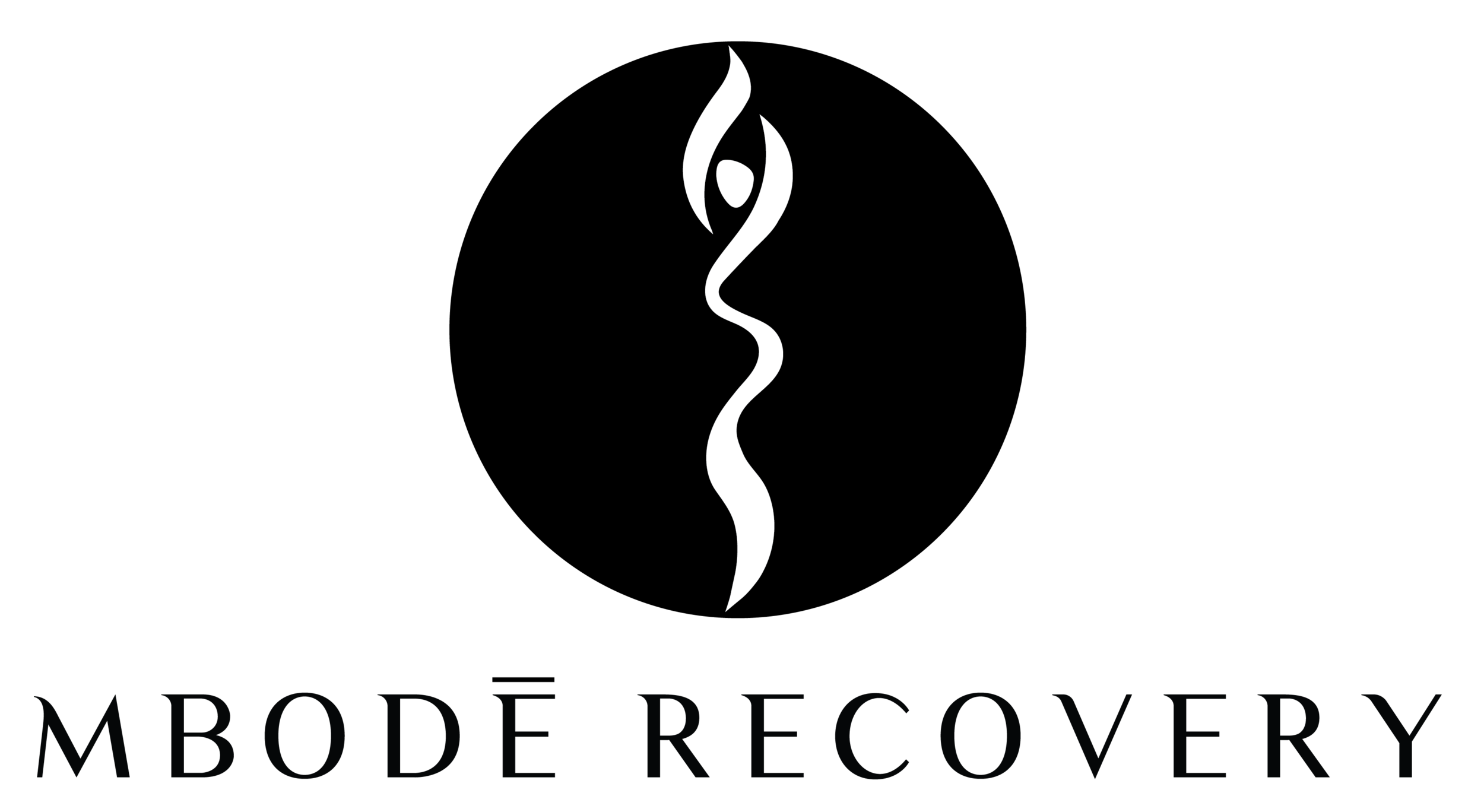Body Dysmorphia After Surgery: Understanding the Complexities
The journey of post-surgical recovery is often envisioned as a path to enhanced self-image and confidence. However, for some individuals, the reality can be more complex, especially when body dysmorphia is a factor. Let's delve into this sensitive topic and explore the nuances of body dysmorphia in the context of surgery.
What is Body Dysmorphia (BDD)?
Body Dysmorphic Disorder (BDD) is a mental health condition characterized by an obsessive preoccupation with perceived flaws in one's physical appearance. These flaws are often minor or imagined, yet they cause significant emotional distress and interfere with daily life. Individuals with BDD may spend hours each day worrying about their appearance, seeking reassurance, or engaging in repetitive behaviors like mirror-checking or skin picking.
Signs and Symptoms to Be Aware Of:
Compulsive Mirror-Checking or Avoidance: A constant need to scrutinize perceived flaws in the mirror, or conversely, complete avoidance of mirrors to escape the distress.
Fixation on Minor or Imagined Flaws: Obsessive focus on specific body parts, often those that others consider normal or even attractive.
Persistent Dissatisfaction After Surgery: Even after undergoing cosmetic procedures, individuals with BDD may continue to feel dissatisfied with their appearance, finding new "flaws" to fixate on.
Excessive Comparison to Others: Constant and detrimental comparisons to other people's bodies, leading to feelings of inadequacy and self-loathing.
Camouflaging Behaviors: Wearing excessive makeup, clothing, or other means to conceal perceived flaws.
Seeking Frequent Reassurance: Constantly asking others for validation about their appearance.
The Illusion of a Surgical "Fix":
It's crucial to understand that surgery is not a cure for BDD. While it may address physical concerns, it cannot resolve the underlying psychological issues that drive the disorder. In fact, surgery can sometimes exacerbate BDD symptoms, as individuals may become fixated on new or different perceived flaws.
The Role of Social Media in Body Image Distortion:
Social media platforms are saturated with images of "perfect" bodies, often heavily edited, filtered, or surgically enhanced. This can create unrealistic expectations and fuel body dissatisfaction, especially for those prone to BDD. It's essential to recognize that these images are often not representative of reality and to cultivate a healthy skepticism towards them.
Cultivating a Healthier Mindset:
Practice Patience and Self-Compassion: Healing takes time, both physically and emotionally. Be patient with your body and practice self-compassion.
Limit Mirror-Checking and Social Media Consumption: Reduce exposure to triggers that exacerbate BDD symptoms.
Seek Professional Therapy: Cognitive Behavioral Therapy (CBT) and other forms of therapy can help individuals with BDD challenge negative thoughts and develop healthier coping mechanisms.
Focus on Internal Well-Being: Shift your focus from external appearance to internal qualities, such as your values, strengths, and relationships.
Engage in Healthy Activities: Regular exercise, balanced nutrition, and stress-reduction techniques can promote physical and mental well-being.
Build a Support System: Surround yourself with supportive friends, family, or support groups.
When to Seek Professional Help:
If your thoughts about your body are consuming your life, interfering with your relationships, work, or daily activities, it's time to seek professional help. A therapist specializing in BDD can provide the necessary support and guidance.
You Are Enough:
Remember, your worth is not defined by your physical appearance. You are enough, just as you are. Embrace your unique beauty and focus on cultivating a healthy relationship with your body.

